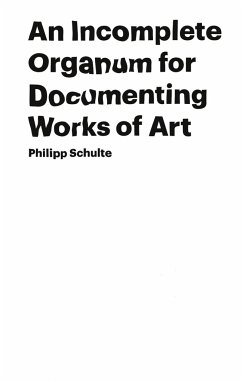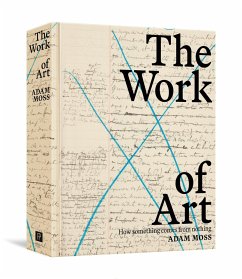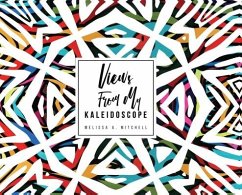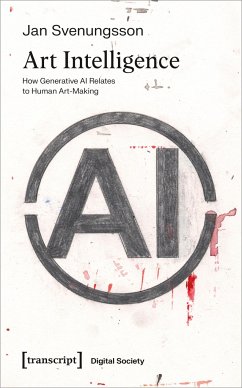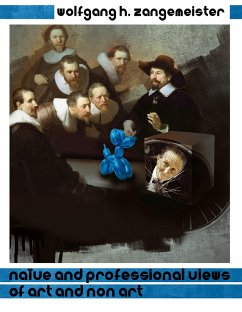
Naïve and professional views of art and non-art
eye-vision-mind-neuroaesthetics

PAYBACK Punkte
0 °P sammeln!
How do we differentiate art from non-art pictures, and particularly, how do contemporary naïve people look at pairs of art and similarly looking snapshots, where the analysis of their eye movement recordings could reveal a difference in neuro-aesthetic perception between artful picture and snapshot? Remarkably, a significant difference between viewers' eye movement scanpaths of artful pictures compared to snapshots was not found. Naïve viewers did not show an 'intuitive' distinction in perception of art versus non-art. From this we conclude that for naïve subjects examining the pictures wit...
How do we differentiate art from non-art pictures, and particularly, how do contemporary naïve people look at pairs of art and similarly looking snapshots, where the analysis of their eye movement recordings could reveal a difference in neuro-aesthetic perception between artful picture and snapshot? Remarkably, a significant difference between viewers' eye movement scanpaths of artful pictures compared to snapshots was not found. Naïve viewers did not show an 'intuitive' distinction in perception of art versus non-art. From this we conclude that for naïve subjects examining the pictures without a clear definition of art in mind, it was impossible to distinguish art from non-art. - What is the function of a painting? It is to communicate a message from artist to viewer. The view of art as communication of the artist's internal models with the viewer's internal models reflects the nature of brain control of human vision, and the nature of the role that active eye movements play in neuro-aesthetics. This book is for those who want to understand the real world implications of scientific advances concerning the process of visual communication. As now, in postmodern times, there is no clear consensus about 'what is art', only with the help of a clear definition accompanying the viewing task about 'what is art' our naïve subjects might have been able to make that distinction.






